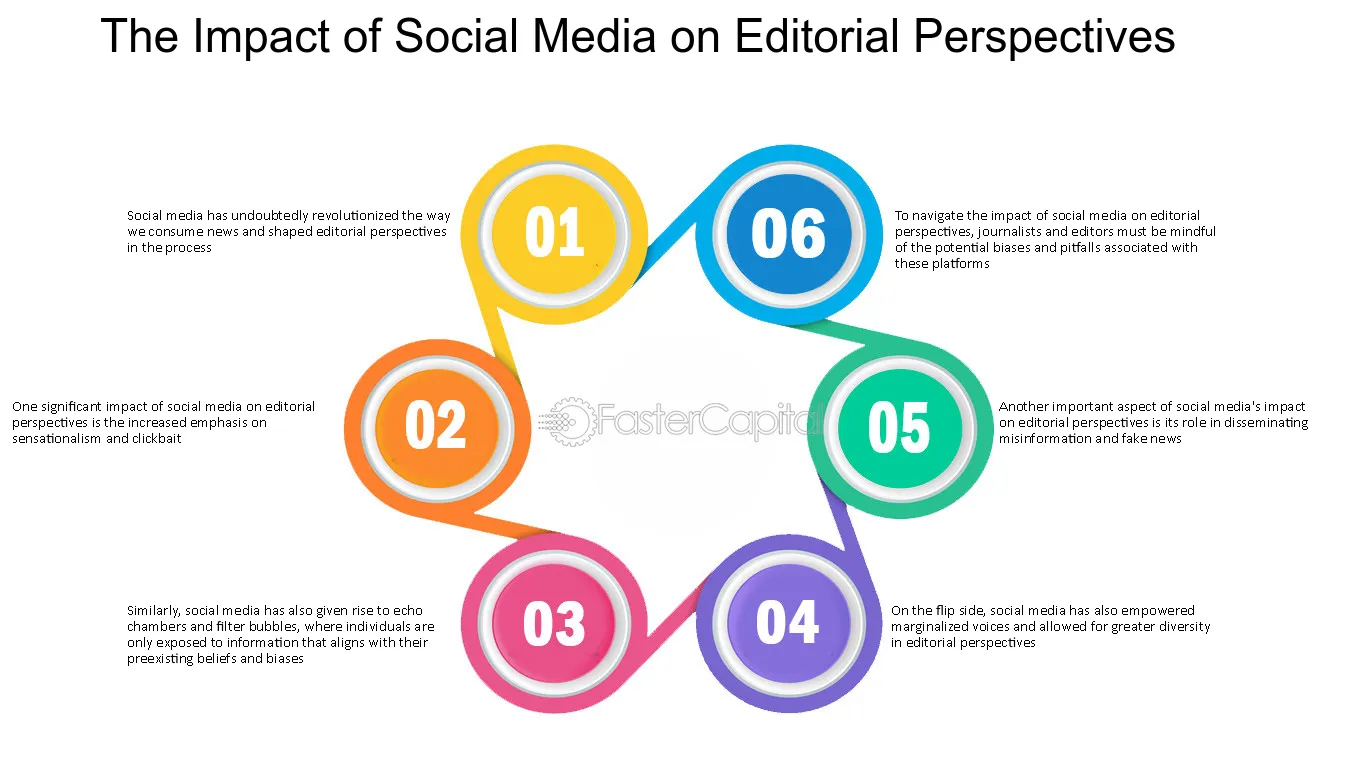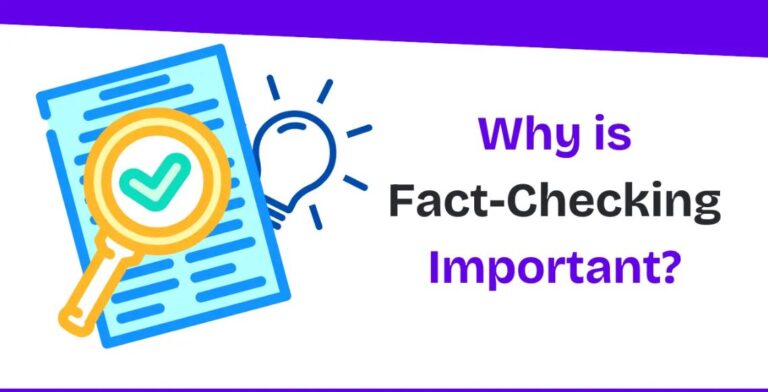An editorial represents the voice of a publication, offering an informed opinion on issues that matter to the public. Unlike regular news reporting, which is expected to remain neutral and fact-based, editorials dive into the realm of interpretation, analysis, and sometimes, advocacy. They do more than present the facts; they provide a perspective on them, aiming to provoke thought, inspire discussion, and often influence policy or public behavior. This form of writing is essential in the media landscape as it helps shape the public discourse around critical issues. In this article, we will explore the function of editorials, the qualities that make them effective, and their role in the evolving digital age.
The Function of an Editorial
At its heart, an editorial serves as a tool for interpreting the news. While journalists report on events, editorials sift through these facts to offer a clear position on what these developments mean and why they matter. Editorials are crafted to help readers make sense of the most pressing issues of the day. Whether discussing political decisions, social movements, economic trends, or cultural changes, the editorial board or writer uses their platform to present a perspective that adds depth to the understanding of the issue.
Editorials are particularly valuable when they provide insight into complex or controversial matters. They can dissect policies, expose hidden consequences, and offer alternatives to the status quo. In this way, editorials act as a guide, helping the public navigate not just what is happening, but why it is happening, and what should be done in response. They play a crucial role in fostering informed public debate, encouraging people to engage with topics beyond surface-level understanding.
The Importance of Perspective and Argumentation
One of the defining features of an editorial is its strong point of view. The purpose is not simply to inform but to persuade, critique, or advocate for a particular stance. For this reason, an editorial needs to have a well-defined position. Readers should know, from the outset, where the author or publication stands on the issue at hand. This clarity is what differentiates an editorial from other forms of journalism, allowing it to engage readers on an intellectual and emotional level.
However, even though editorials are opinion pieces, they must be grounded in evidence and logical reasoning. A well-written editorial doesn’t rely solely on emotion or rhetoric; it is built on a foundation of facts, expert insights, and well-reasoned arguments. This combination of opinion and fact is what makes editorials persuasive. By weaving together data with interpretation, editorials enhance their credibility and effectiveness, compelling readers to consider new perspectives or reinforce existing beliefs.
Tone and Engagement
Tone plays a significant role in how an editorial resonates with its audience. While the content of the editorial may vary depending on the subject, the tone should always match the gravity and nature of the issue being discussed. Some editorials might adopt a calm, analytical voice, particularly when tackling complicated policy issues. Others may be more impassioned, particularly if the editorial is calling for urgent action or responding to an emotionally charged topic.
The most effective editorials are those that engage readers on both an intellectual and emotional level. They not only present facts and arguments but do so in a way that stirs the reader’s curiosity or sense of justice. Engaging editorials invite the audience to think more deeply about the subject and encourage them to participate in the broader conversation surrounding the issue.
Editorials in the Digital Age
The rise of digital media has profoundly transformed how editorials are produced and consumed. Traditionally, editorials were the domain of newspapers and magazines, offering the collective opinion of an editorial board or the insight of a seasoned writer. Today, however, the barriers to publishing have lowered, and editorial voices can be found on blogs, social media platforms, and independent news sites. This shift has democratized the editorial process, allowing more voices to contribute to public discourse.
While this democratization has expanded the diversity of opinions available to the public, it also brings challenges. The sheer volume of opinion-based content online can sometimes dilute the quality of editorial writing. Without the rigorous editorial standards typically enforced by traditional publications, some opinions may be poorly researched or presented as fact, contributing to misinformation. Despite this, well-crafted editorials, even in digital form, continue to provide valuable perspectives on complex issues, maintaining their role as vital instruments of thought leadership.
The Role of Editorials in Shaping Public Opinion
Editorials remain a potent force in shaping public opinion. By providing informed analysis and persuasive arguments, they help frame the way readers view key issues. Whether advocating for social justice, environmental protection, or economic reform, editorials encourage readers to engage more deeply with the world around them. They prompt reflection and sometimes even action, urging readers to reconsider their views, challenge their assumptions, or support particular causes.
Moreover, editorials are instrumental in holding power to account. They provide a platform for critiquing political leaders, institutions, and policies, serving as a check on those in authority. This watchdog role is essential in any democracy, ensuring that those in power remain responsive to the needs and concerns of the public.
Conclusion
Editorials play an indispensable role in modern journalism, offering more than just facts—they offer perspective, analysis, and often, a call to action. By interpreting complex issues and advocating for informed positions, editorials help shape public discourse and contribute to the health of democracy. Even in the digital age, where opinion is widespread, well-crafted editorials stand out as powerful tools for engaging the public and prompting meaningful change.











+ There are no comments
Add yours